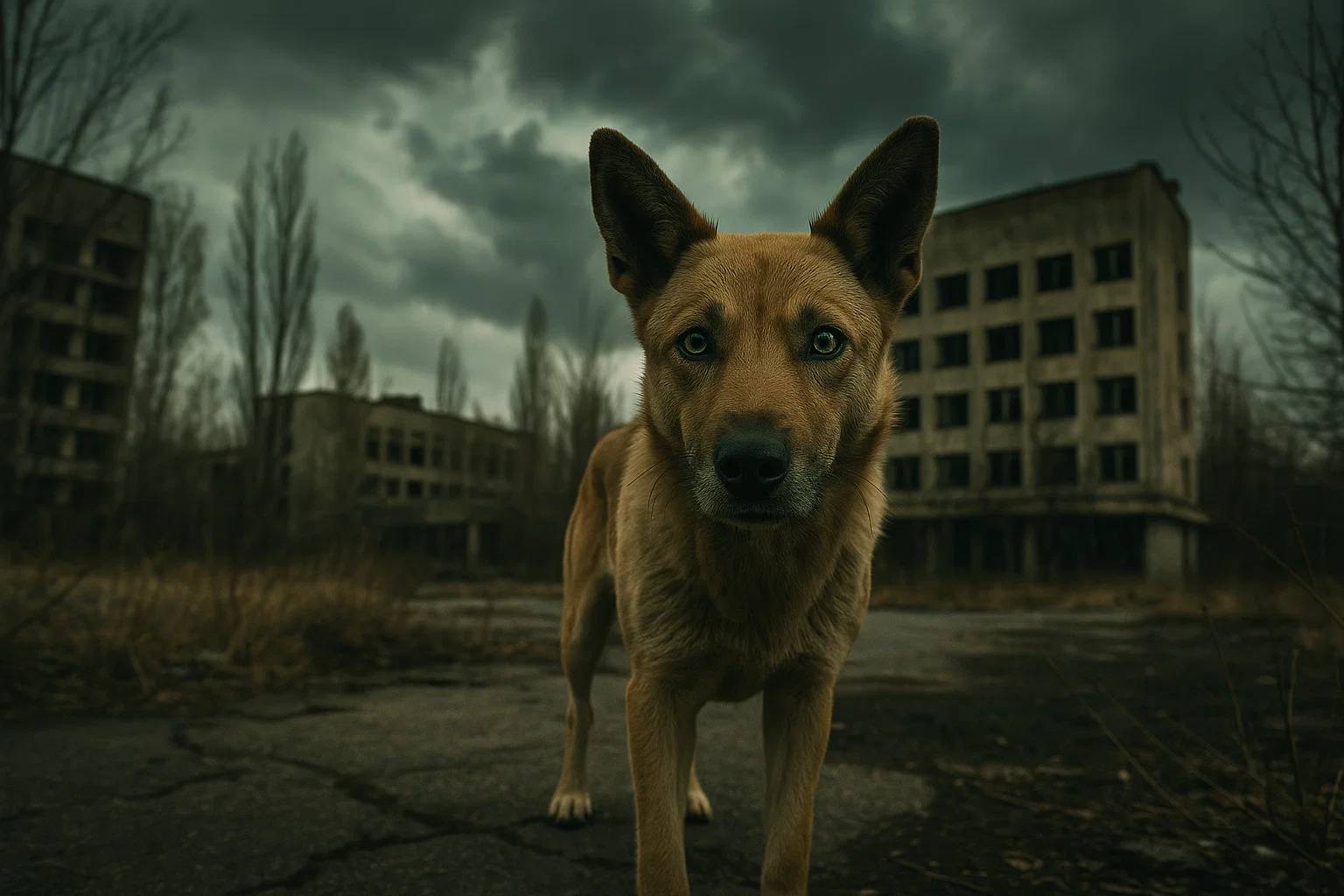Nearly four decades after the Chernobyl nuclear disaster, an unusual population of dogs has captured the attention of scientists. Living in the exclusion zone—an area largely devoid of human habitation—these animals face extreme radiation, scarce food sources, and isolation. Yet, instead of merely surviving, new research suggests they are rapidly evolving. Scientists are now exploring how these dogs are adapting at a genetic level, offering a rare glimpse into evolution happening in real time within one of the most extreme environments on Earth.
1. A Rare Living Laboratory for Evolution
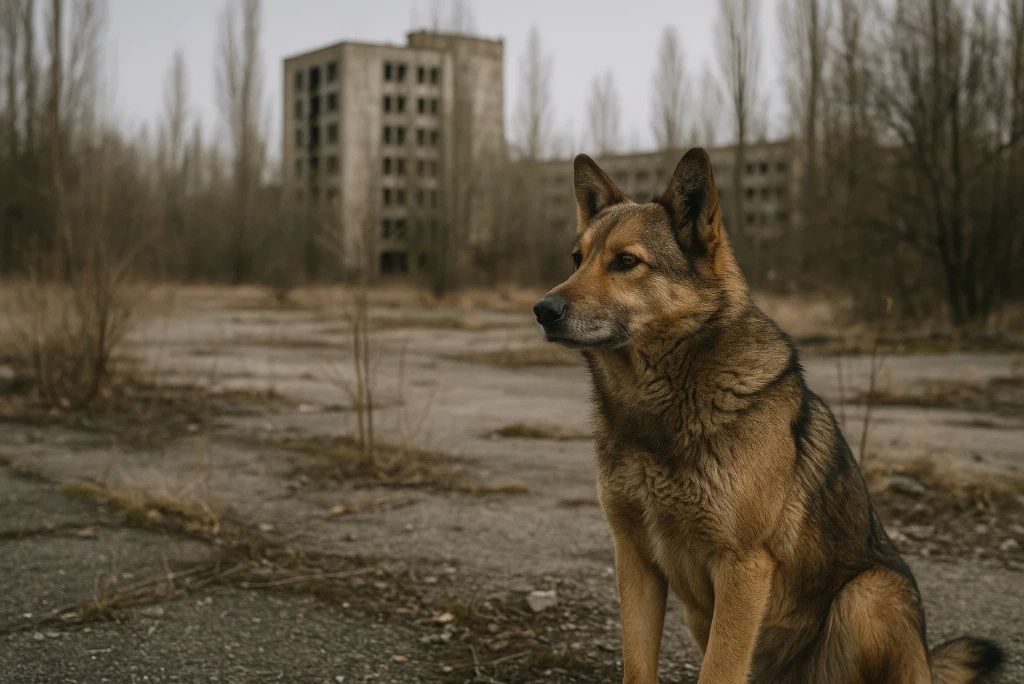
The Chernobyl Exclusion Zone provides a unique setting to study evolution under intense environmental pressures. Unlike typical ecosystems, it exposes organisms to persistent radiation, limited human interference, and unpredictable resources. Researchers consider these dogs a natural experiment in adaptation, where survival depends on genetic changes that enhance resilience.
This makes them an invaluable subject for evolutionary biology. According to a 2023 study in Science Advances, such populations offer critical insights into how mammals respond to long-term radiation exposure. (read more)
2. Distinct Genetic Signatures Emerging
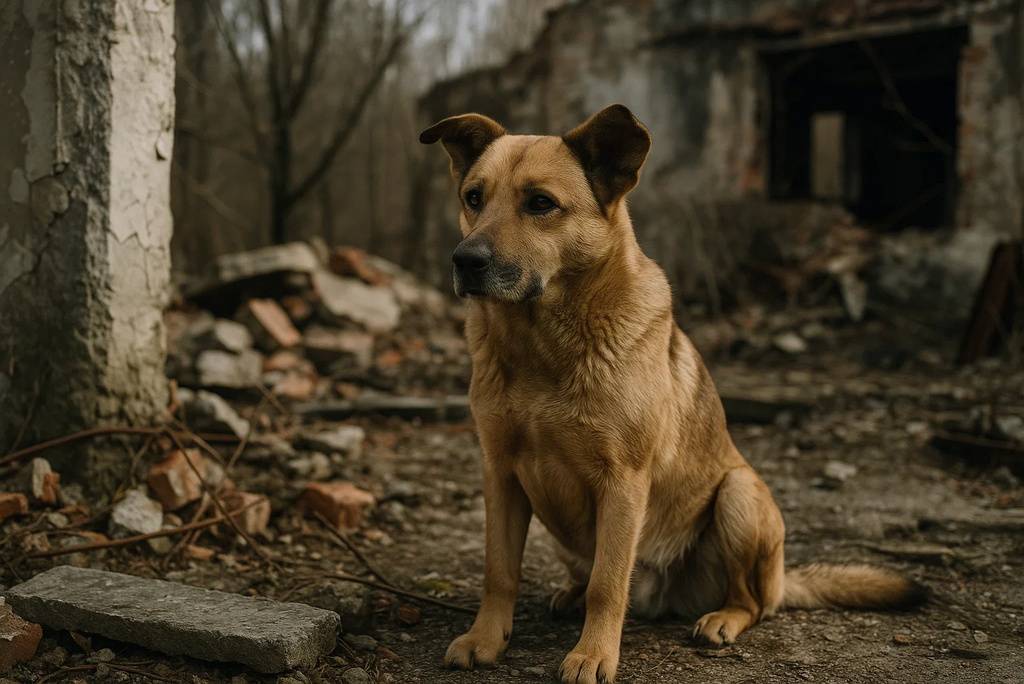
Genetic testing reveals that the Chernobyl dogs are forming a population genetically distinct from their non-contaminated relatives. Researchers found unique DNA variations associated with metabolism, immune response, and even neurological processes. These differences hint at a rapid adaptation process. Similar phenomena have been observed in other animals exposed to extreme conditions, such as high-altitude wolves in Tibet. (National Geographic)
3. Radiation-Driven Selection Pressures
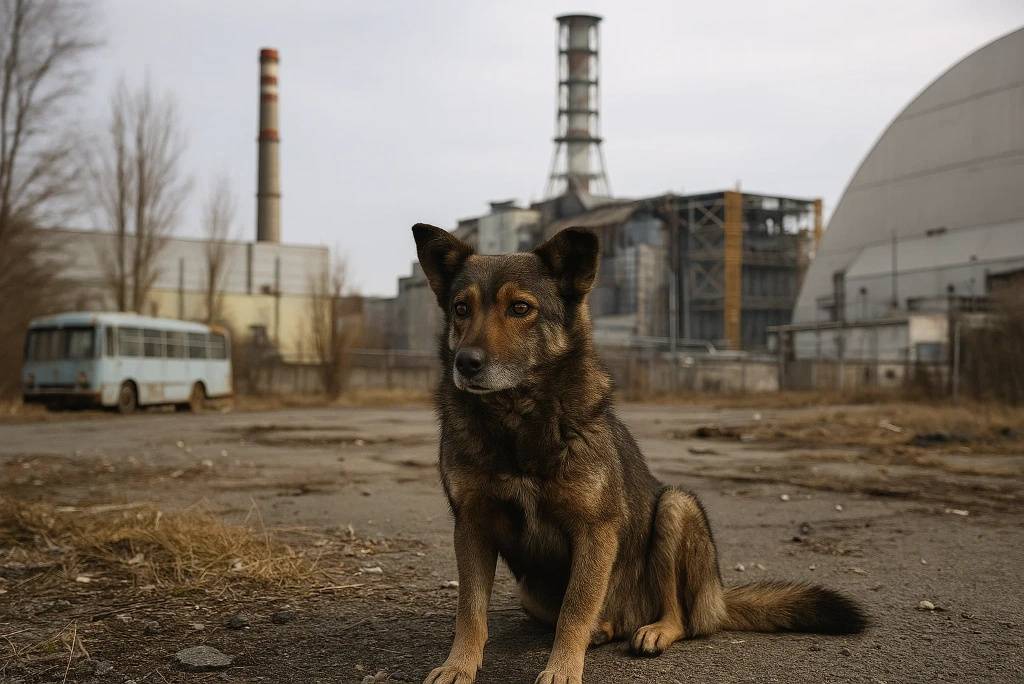
Radiation exposure is a key driver of this evolution. Chronic low-dose radiation can induce DNA mutations, and while many are harmful, some provide survival benefits that significantly enhance adaptability in extreme, high-stress environments over time. Over generations, beneficial mutations may become dominant in the population. This mirrors the concept of “mutation-driven adaptation” observed in other contaminated areas, like Fukushima, Japan. (Nature)
4. Population Segmentation Within the Zone
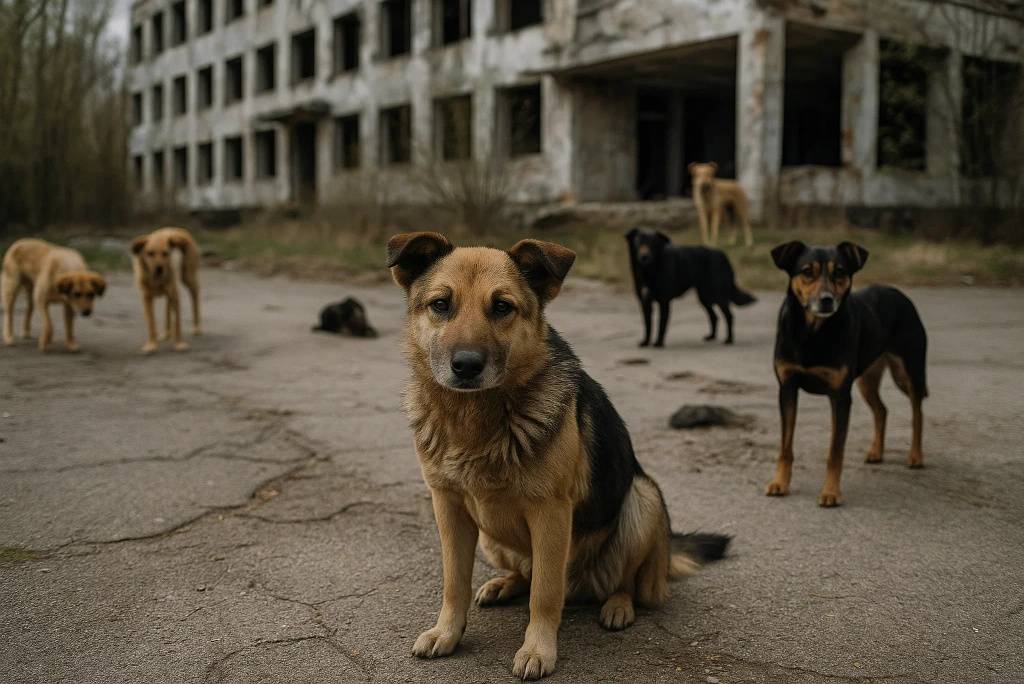
Interestingly, scientists discovered that dogs living closer to the reactor differ genetically from those in more distant areas. These subpopulations are adapting to varying levels of radiation exposure and resource availability, forming unique gene pools. Such microevolution—evolution occurring within a small, isolated group—underscores how quickly environmental factors can shape genetic outcomes and influence population dynamics in highly stressed ecosystems. (CNN report)
5. Behavioral Changes as Adaptive Strategies
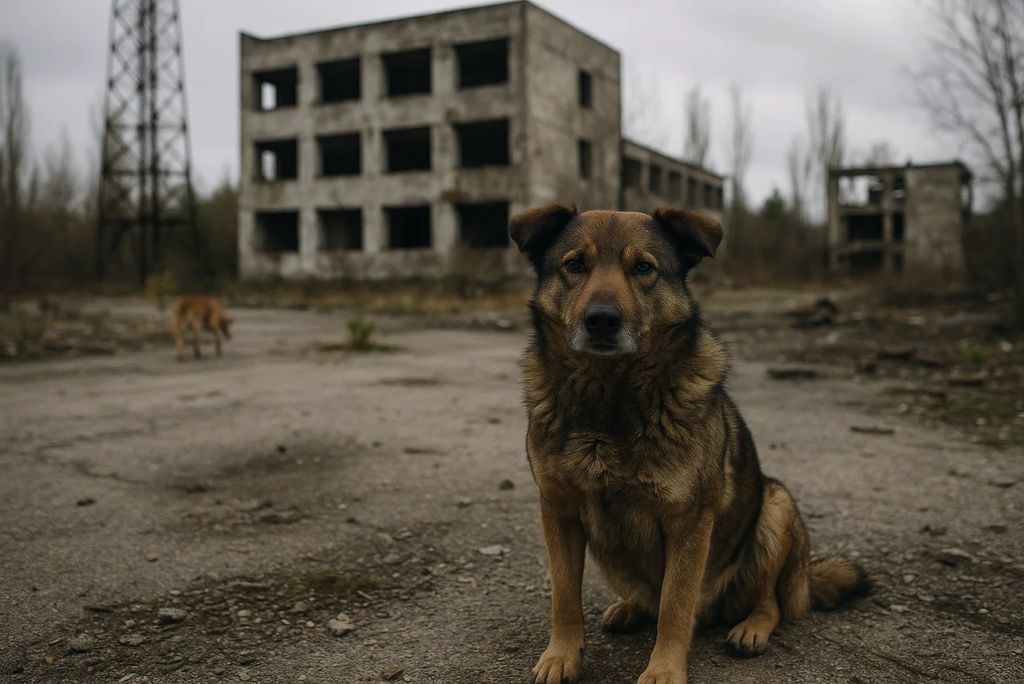
Aside from genetic changes, behavior among these dogs appears to have shifted. Some researchers note increased caution and avoidance of heavily irradiated areas, likely developed through generations of exposure. Others report unusual social structures, where dogs form cooperative packs for foraging and mutual protection. Behavioral adaptation can accelerate survival prospects in harsh environments, allowing populations to remain stable despite challenging ecological conditions and limited resources. (BBC Earth)
6. Unexpectedly Robust Immune Systems
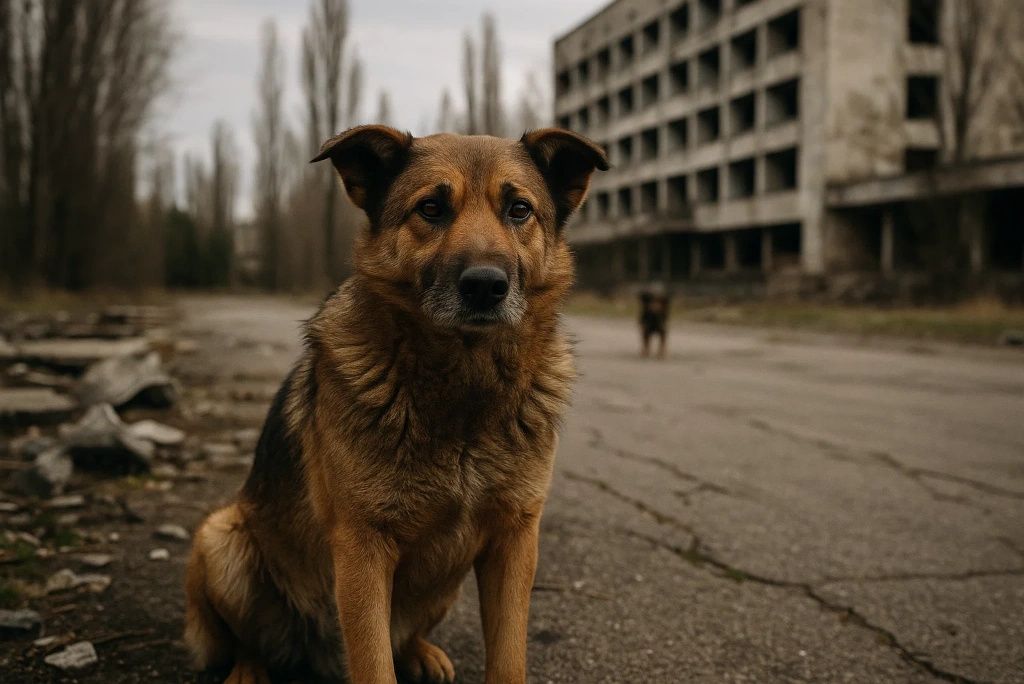
Preliminary studies suggest these dogs may possess stronger immune responses compared to other stray populations. Scientists hypothesize this could be a result of natural selection favoring individuals who can withstand higher stress levels and pathogen exposure common in contaminated zones. Similar findings were seen in wild boar populations thriving in Chernobyl, indicating how immune resilience can emerge through evolutionary pressures over multiple generations. (Smithsonian Magazine)
7. Nutritional Adaptations to Scarcity

Food scarcity in the Exclusion Zone has forced dogs to rely on unconventional diets, including scavenging from contaminated sources and discarded human food supplies. Over time, their metabolism may be adapting to process these food sources with reduced toxicity. Comparative studies show that wildlife in the area have developed similar metabolic adjustments, highlighting how evolutionary processes can rapidly reshape dietary tolerance in species facing chronic environmental stress. (National Library of Medicine)
8. A Window Into Human Health Research

The adaptations seen in Chernobyl dogs could inform research on radiation resistance in humans. By understanding how mammals adjust to chronic radiation exposure, scientists may uncover pathways to improve human treatments for radiation damage or cancer through targeted interventions. This has prompted collaborations between geneticists and medical researchers who see these animals as valuable models for studying resilience at the molecular and cellular levels. (NIH)
9. Lessons From Other Nuclear Zones

Comparisons between Chernobyl and Fukushima wildlife reveal converging adaptation strategies, highlighting universal patterns in how species respond to radioactive environments with profound resilience. This cross-referencing helps validate findings and broadens their application to global ecological and medical studies. Such insights contribute to a growing understanding of how life adapts to severe, long-term contamination, with valuable implications for protecting biodiversity and human communities in affected regions. (Nature)
10. Rapid Reproductive Strategies
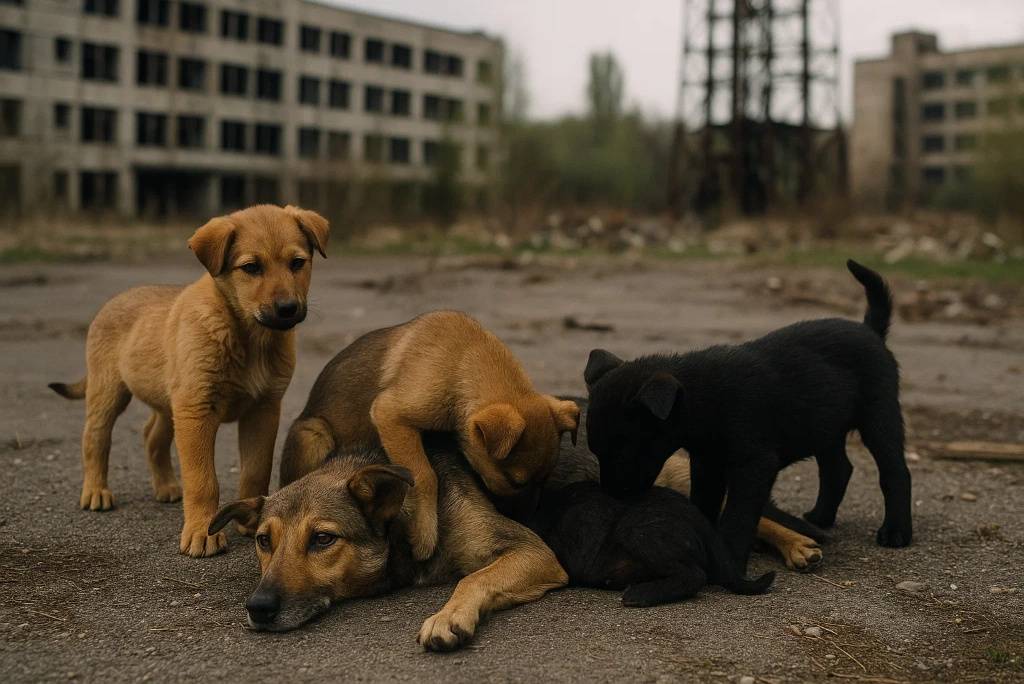
Chernobyl dogs appear to reproduce more frequently than typical stray populations, likely as an evolutionary response to high mortality risks. This higher reproductive rate may increase genetic variation, accelerating adaptation and ensuring population survival even in unstable environments. Evolutionary biologists point out that such “fast breeding under stress” is a common survival mechanism in hostile conditions, allowing populations to maintain stability despite high attrition and environmental uncertainty. (Science Advances)
11. Long-Term Epigenetic Changes
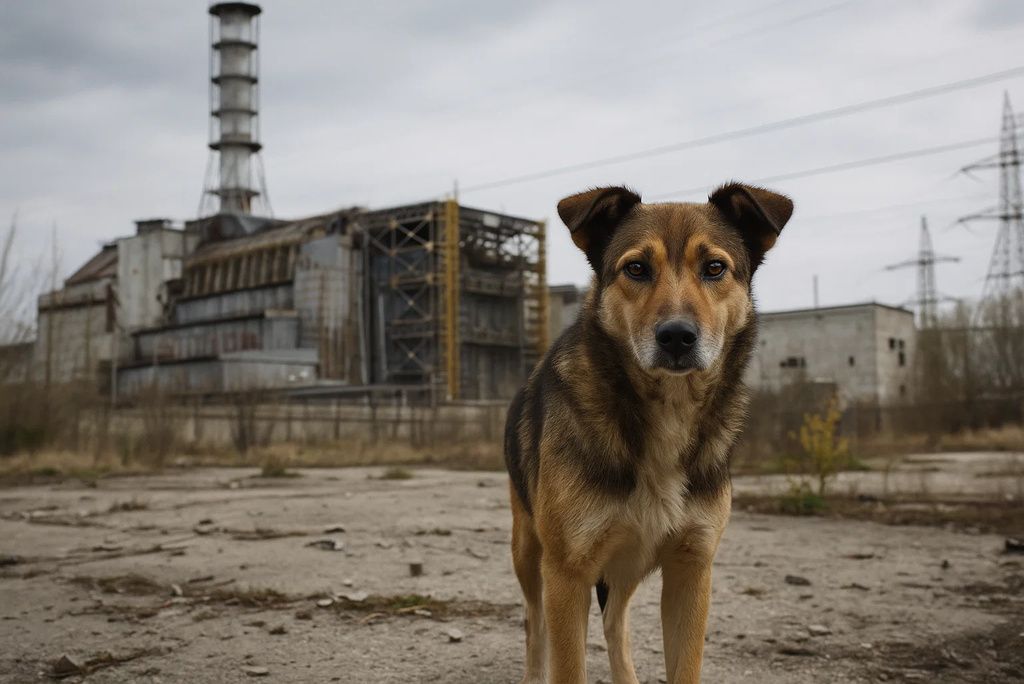
Beyond DNA sequence mutations, researchers are examining epigenetic changes—chemical modifications that regulate gene expression without altering the DNA sequence. These changes can occur within a single generation and may explain some of the dogs’ rapid physiological adjustments. Understanding epigenetics in these populations provides valuable insight into how environmental stressors shape biological functions quickly, offering a model for how organisms can adjust in real time. (Cell Reports)
12. Collaboration Between Scientists and Caregivers
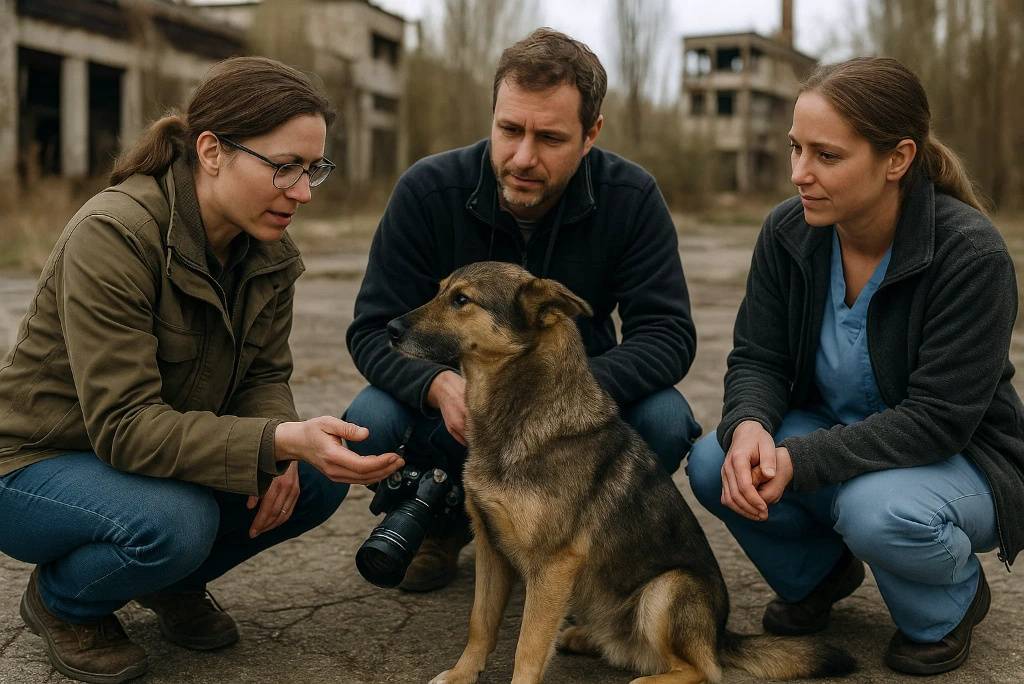
Nonprofit organizations like Clean Futures Fund are working alongside scientists to monitor, care for, and study these dogs in their natural environment. This collaboration ensures both the ethical treatment of animals and the continuation of vital research. It also allows for cross-disciplinary engagement between veterinarians, geneticists, and ecologists, creating a comprehensive approach to understanding the dogs’ health, evolution, and role within the Exclusion Zone ecosystem. (Clean Futures Fund)
13. Ethical Questions Surrounding Research
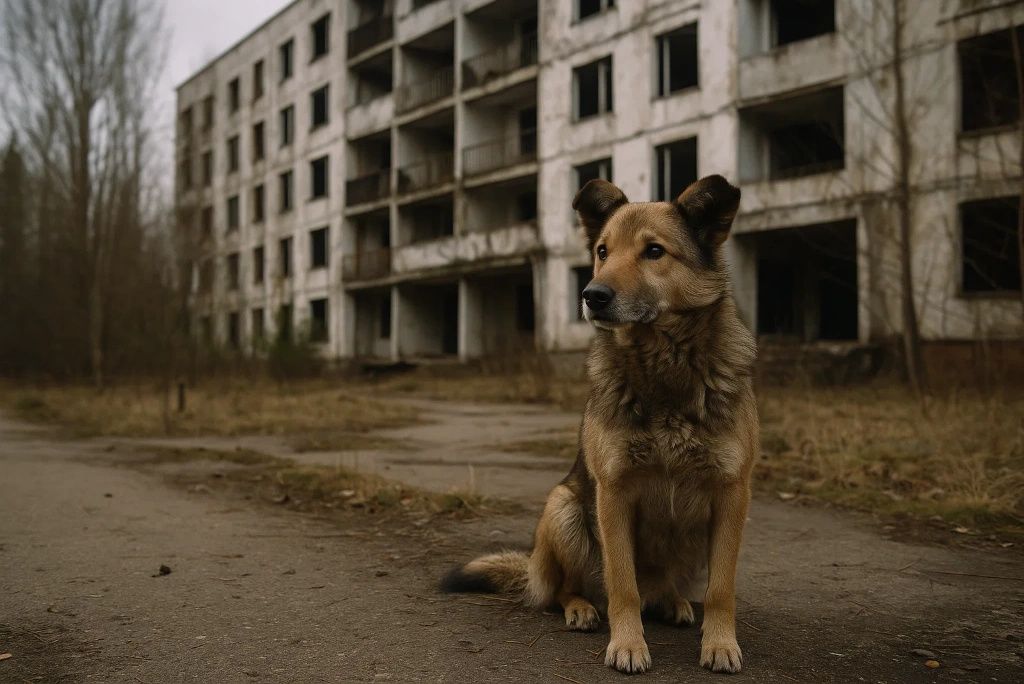
Studying these dogs raises important ethical considerations. Should humans intervene to protect them or leave them as a “natural experiment”? Bioethicists argue for balancing scientific advancement with animal welfare, ensuring that research does not exploit vulnerable populations. Debates continue over whether intervention may compromise the integrity of long-term studies while also weighing the moral responsibility to provide care and support to suffering animals. (Ethics & Animal Welfare Journal)
14. Broader Implications for Conservation Biology
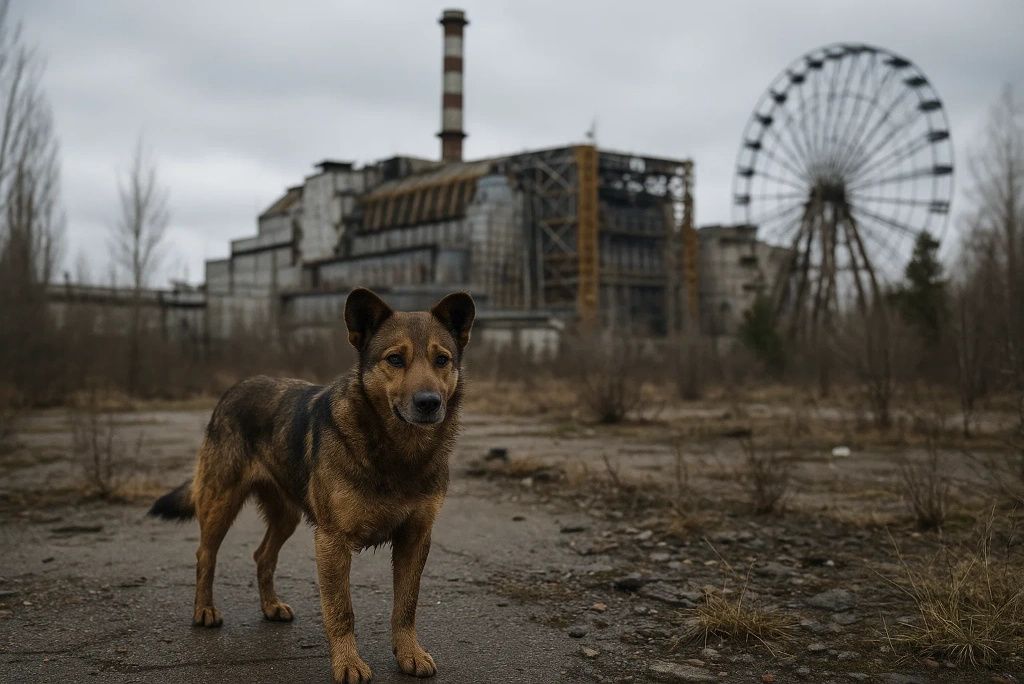
The Chernobyl dogs exemplify how life can persist—and even evolve—in environments once deemed uninhabitable, showing resilience across multiple biological systems. This offers valuable insights for conservation biology, especially in rehabilitating degraded ecosystems worldwide. Studying these animals helps scientists identify traits that enable survival under extreme conditions, which can inform strategies for preserving endangered species in rapidly changing environments, including those affected by human-induced disasters. (Conservation Biology)
15. A Living Symbol of Resilience
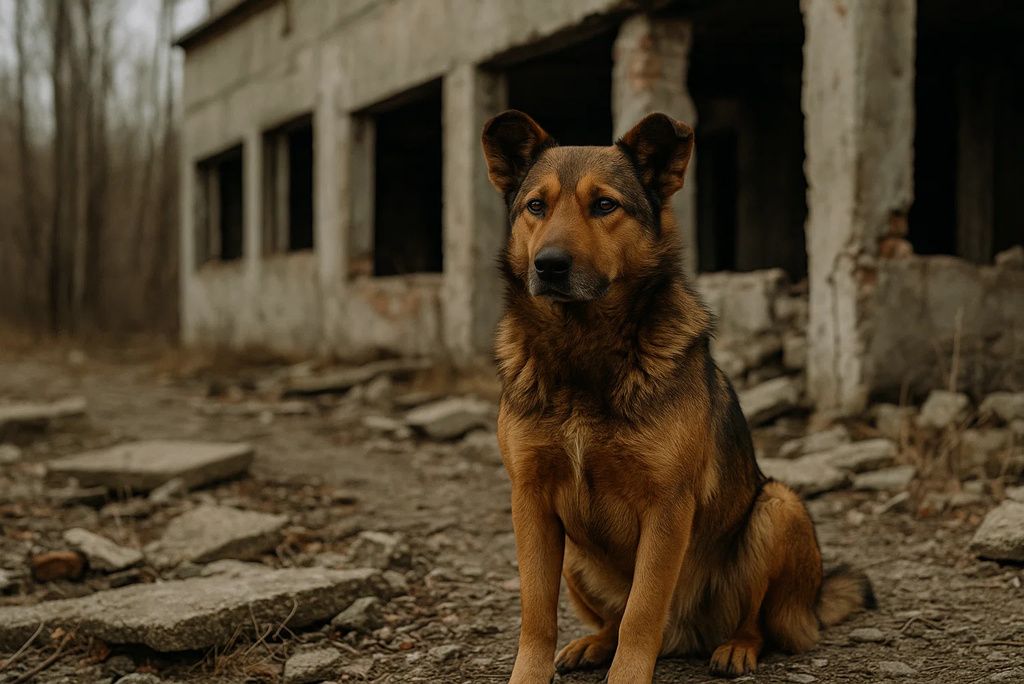
Ultimately, the dogs of Chernobyl symbolize resilience in the face of disaster, embodying survival and adaptation beyond expectation. Their survival and adaptation tell a powerful story of nature’s ability to endure and evolve under unimaginable conditions. They provide hope and inspiration for addressing future ecological crises while also serving as a reminder of humanity’s responsibility to learn from and protect vulnerable ecosystems impacted by past technological catastrophes. (National Geographic)
Disclaimer: This article is for informational purposes only and should not be taken as medical or veterinary advice. Always consult a qualified professional for health-related concerns.

